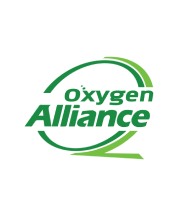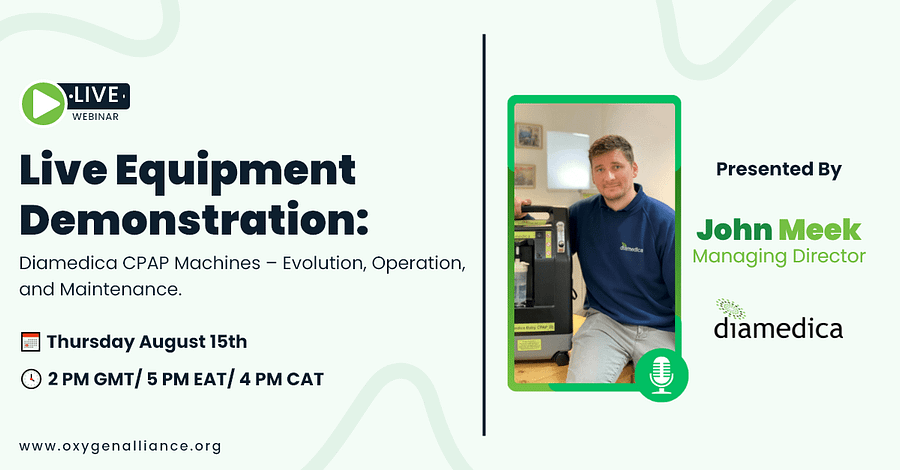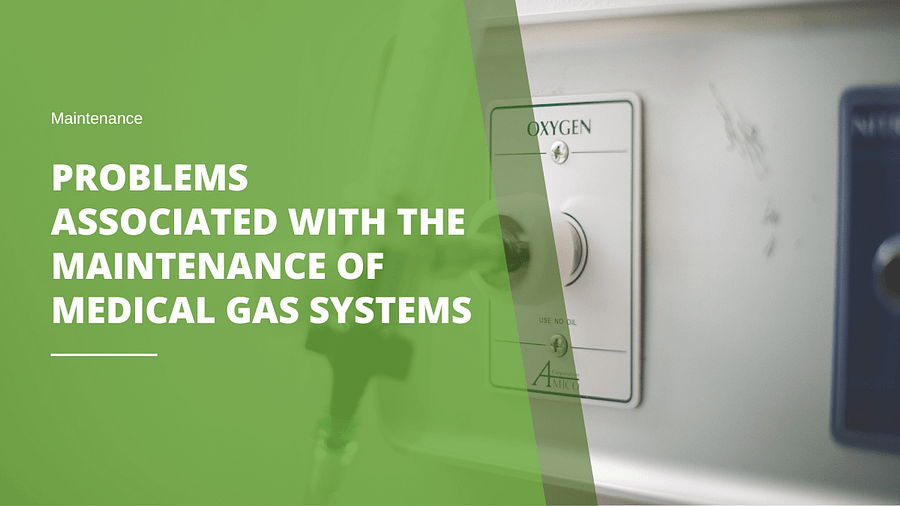In medicine, medical oxygen plays a role in respiratory treatments and critical care. Besides highlighting the importance of sustainable oxygen therapy ecosystems, the global impact of the COVID 19 pandemic exposed weaknesses in our supply chains and infrastructure. In this article, we explore the process involved in delivering oxygen to patients focusing on the logistical challenges heightened by the pandemic.
Medical oxygen is produced using a number of methods and procedures.
The main technique for creating oxygen is through air separation. Purifying the air through the elimination of impurities from the atmosphere, such as nitrogen and other gases, is the first step in this process. By cooling, condensing and passing through fractionating columns based on boiling points of gases like oxygen air is separated into its components. This advanced technique produces oxygen up to 99.8% meeting strict medical standards.
Furthermore, the use of methods like Vacuum Pressure Swing Adsorption (VPSA) and Pressure Swing Adsorption (PSA) is becoming more and more popular. These two methods aid in the absorption of pressure variations. Through the application of sieves, nitrogen is extracted in these techniques, resulting in an increase in oxygen levels.
The scalability and capability to manage spikes in demand in PSA systems make them essential for onsite production of oxygen, in healthcare facilities.
When it comes to storing and transporting oxygen after production it’s crucial to do. Liquid oxygen can be moved using tankers or gas cylinders. Large vacuum insulated tanks are necessary for holding oxygen. These storage options proved valuable during the COVID 19 as a source of oxygen.
The first phase of the supply chain entails delivering oxygen to patients while taking into account their individual needs and the healthcare environment in which they are being treated. There are numerous oxygen delivery systems available, including ventilators that can precisely deliver oxygen levels and nasal cannulas. Choosing the right system is critical for effectively managing demand and optimizing oxygen utilization in healthcare facilities.
The value of improving preparedness cannot be overstated. Policymakers and healthcare professionals must have a comprehensive understanding of the oxygen life cycle. The COVID-19 pandemic has exposed vulnerabilities in medical oxygen supply chains, emphasizing the importance of infrastructure and contingency plans. To ensure our ability to handle future medical emergencies and provide timely and efficient care to all, we must strengthen these systems with adequate support.During public health emergencies, it is clear that accurately providing medical oxygen to patients presents numerous challenges. To effectively prepare for and respond to health crises, it is critical to prioritize improving and expanding the oxygen supply system through careful planning and investment.
References
Jha, M., & Gaur, N. (2022). Life cycle of medical oxygen from production to consumption. Journal of Family Medicine and Primary Care, 11(1231), 1231-1236. DOI: 10.4103/jfmpc.jfmpc_956_21
Rao, P., & Muller, M. (2007). Industrial oxygen: Its Generation and Use. ACEEE Summer Study on Energy Efficiency in Industry.
World Health Organization. (2020). Oxygen sources and distribution for COVID‑19 treatment centres. Available from: https://www.who.int/publications/i/item/oxygen‑sources‑and‑distribution‑for‑covid‑19‑treatment‑centres
McCoy, R. W. (2013). Options for home oxygen therapy equipment: Storage and metering of oxygen in the home. Respiratory Care, 58, 658-685.






